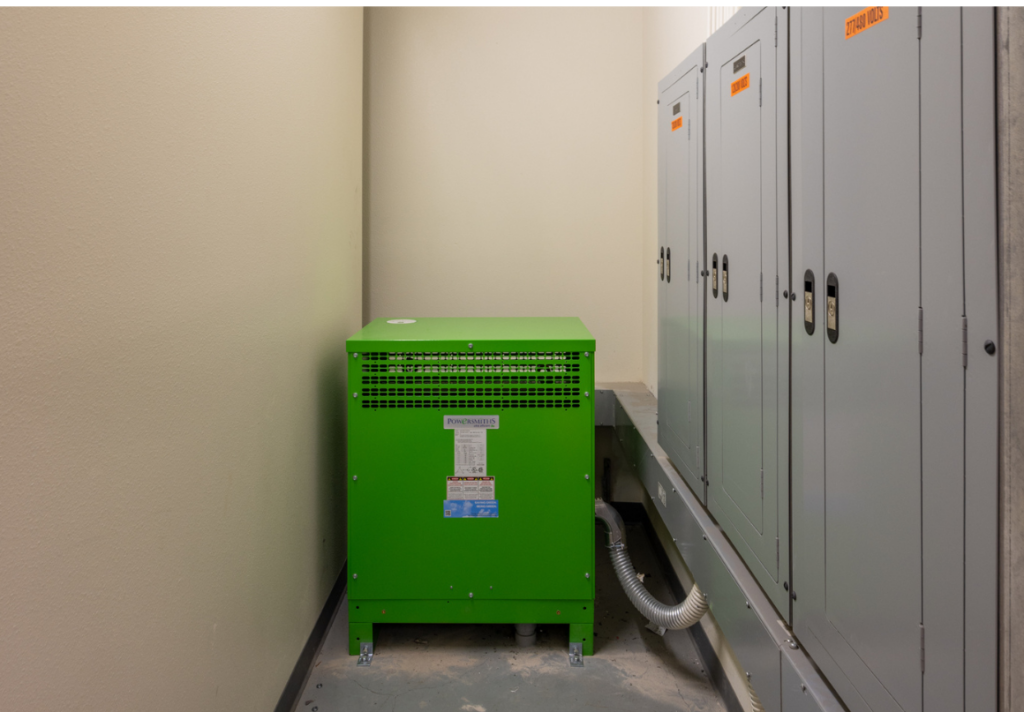Transformers are essential components of many electrical systems, converting high-voltage power into low-voltage power that is safe for use in homes and businesses. However, older transformers were notorious for their inefficiency, wasting energy and generating excess heat. In response, high-efficiency low voltage transformers were developed to address these issues, and they have become increasingly popular since their introduction in 2007.
Before the development of high-efficiency transformers, most transformers operated at an efficiency of around 95%. This means that 5% of the energy that was put into the transformer was lost as heat, which not only wasted energy but also created a fire hazard. Additionally, older transformers were designed to operate at a constant voltage, even though the voltage requirements of most electronic devices vary depending on their load.
High-efficiency low voltage transformers, on the other hand, are designed to operate at higher efficiencies, often reaching efficiencies of up to 99%. This means that less energy is wasted as heat, resulting in lower energy bills and a reduced environmental impact. Additionally, these transformers are often designed to be more flexible, allowing them to adjust their voltage output depending on the load, which can help to prolong the lifespan of electronic devices and reduce the risk of damage from power surges.
One of the key differences between high-efficiency low-voltage transformers and older transformers is the use of advanced core materials. High-efficiency transformers often use materials such as amorphous metal or nanocrystalline materials, which have much lower core losses than traditional materials like silicon steel. Additionally, high-efficiency transformers often use copper windings instead of aluminum windings, which further reduces losses and improves overall efficiency.
Another important factor in the efficiency of transformers is the design of the transformer itself. High-efficiency transformers are often designed to minimize the distance that the magnetic flux travels through the core, which reduces the amount of energy that is lost as heat. Additionally, these transformers often use advanced cooling methods such as forced air or liquid cooling, which further reduces losses and improves efficiency.
Conclusion
High-efficiency low-voltage transformers are a significant improvement over pre-2007 transformers in terms of efficiency, flexibility, and safety. By reducing energy waste and generating less heat, these transformers are not only better for the environment but also better for consumers in terms of cost savings and performance. As technology continues to improve, we will likely see even more efficient transformers in the future, which will help to further reduce our reliance on fossil fuels and mitigate the effects of climate change.

